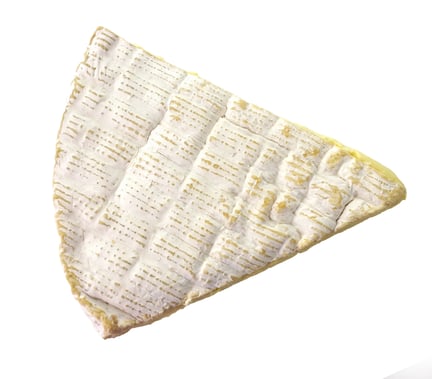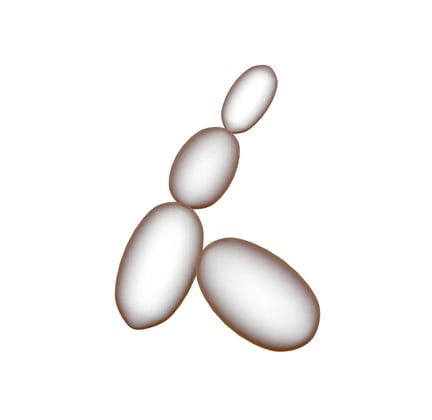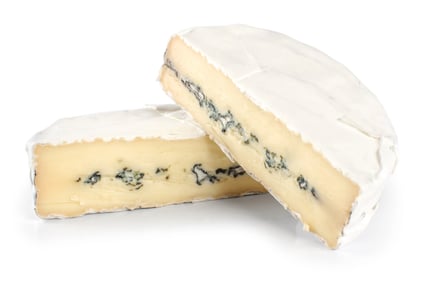The versatile fungi
Yeasts are often used in synergy with other cultures to prepare the implantation of flora and neutralize rinds.




Modern and diverse strains
LAF yeasts are versatile tools for defining a fruity aromatic signature in a wide range of cheeses, while controlling the development of surface molds. Their selection allows obtaining the desired flavor profile.
Key Elements
The essentials
- SWING LAF yeasts are symbiotic agents that generate fruity and fermentative aromas in cheeses.
- The range includes 5 products with varied aromatic profiles and applications.
Why it's important
Yeasts contribute to the development of distinctive aromas and reduce bitterness in many types of cheeses. They allow obtaining unique fruity and milky notes.
The strains in detail
LAF-3 (Debaryomyces hansenii):
- Rapid neutralization of bitterness
- Neutral to slightly floral aroma
- For lactic curds and uncooked pressed cheeses
LAF-4 / LAF-5 (Kluyveromyces marxianus):
- Ferments lactose and galactose
- Produces intense fruity and fermentative esters
- For soft, blue, and washed-rind cheeses
LAF-7 (Candida colliculosa):
- Ferments galactose
- Fruity and brioche aromas
- For soft cheeses
LAF-TRIO (yeast blend):
- Inhibits undesirable molds
- Neutral aroma
- Bioprotection for soft cheese rinds
The various uses of yeasts
Precious allies, the yeasts used in cheese making have various functions.
Synergy
Yeasts often live in symbiosis with other microorganisms such as bacteria and molds, providing them with essential nutrients and creating a favorable environment for their growth, thereby enhancing the development of flavors.
pH
Yeasts influence the pH of cheeses by producing alkaline compounds during the breakdown of proteins, thereby promoting the establishment and activity of other ripening cultures such as bacteria and molds.
Flavour
Yeasts contribute to the development of flavors through their metabolism of sugars, amino acids, and fatty acids, adding fruity, floral, buttery, or brioche notes, while reducing bitterness.
Competition
Certain yeast strains can compete with other microorganisms for substrates and are capable of inhibiting the development of undesirable molds, ensuring bioprotection of the cheese rind.
Your everyday challenges
When you share your goals and challenges with us, we respond by analyzing your needs and proposing high-performance, tailored solutions.